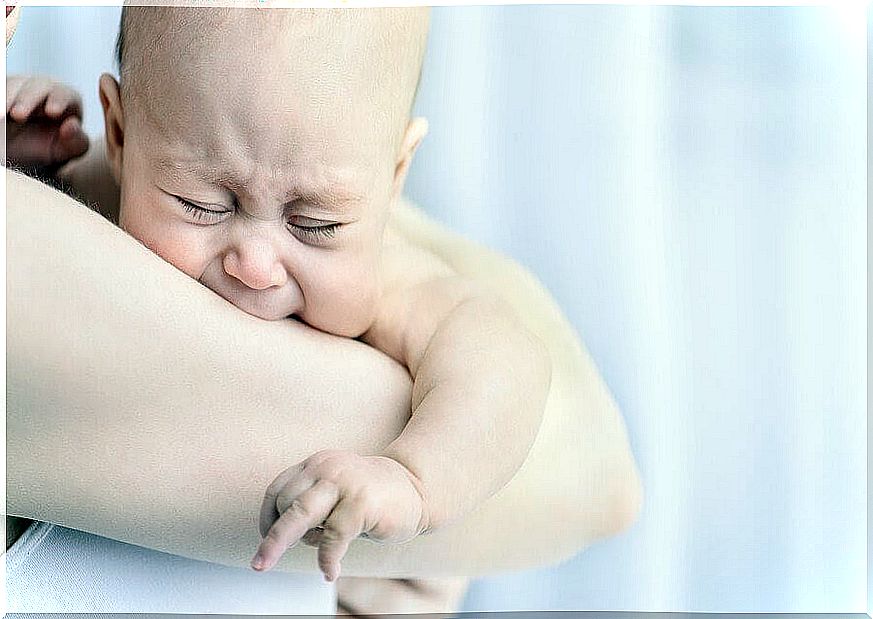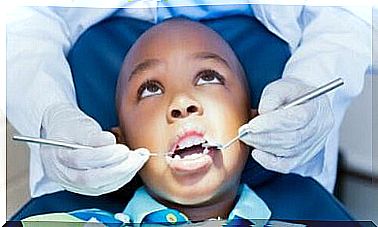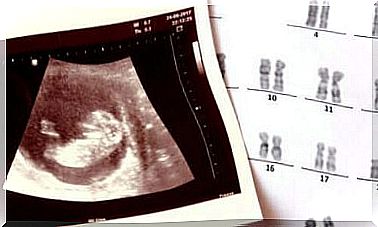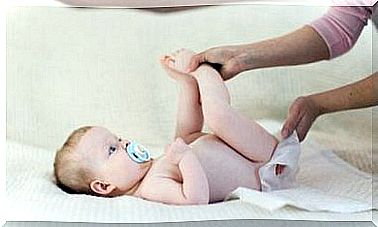Invagination In Children: Symptoms, Causes And Treatment

Invagination is a condition that most commonly occurs in children between 3 months and 3 years of age. It is a medically acute situation characterized by an intestinal obstruction. This obstruction occurs when part of the intestine folds.
The most common is that it is the colon, small intestine or a section between these two organs are involved.
Early treatment is the key to avoiding complications. Therefore, it can be vital to find out about the condition.
Symptoms of invagination
The first symptoms of invagination in children are sudden and high crying. First, the pain can occur in the form of transient abdominal cramps. The cramps become more painful with each passing moment, and each episode lasts longer and longer.
While symptoms may vary from case to case, common signs of this condition are as follows:
- Bends at the knees: The child pulls up the knees to the chest while he or she twists and cries.
- Bloody stools with a mucus-like consistency similar to jam or gelatin.
- Fever, lethargy, paleness, vomiting, dehydration, sweating, etc.
- At certain times, you may notice a bulge or bloating in the abdominal region.
As soon as you see any of these symptoms, take your child to the doctor or BVC for a thorough examination. This is likely to include X-rays, ultrasounds and colon X-rays with contrast media. Treatment within 24 hours usually results in a happy ending with a fully recovered patient.

Different ways to treat invagination in children
Once a doctor has done his or her evaluation, he or she will choose a treatment method. The first step involves the administration of intravenous fluids via drip to prevent dehydration. After this, the treatment may include the following:
Enema
Many doctors choose to start treatment with barium enemas. This means placing a small tube in the baby’s rectum to introduce air. The goal is for the air to restore the intestines. However, in case of infection, the method may be ineffective.
Surgical procedure
If the child’s health is too poor for other procedures, the doctor may decide that surgery is necessary. The procedure involves an incision in the abdomen. The surgeon introduces air into the affected area to straighten the tissue again. In cases where there is dead tissue, the surgeon will remove it and sew the surrounding tissue together.
It is important to point out that invagination in children puts the child’s life in danger. Therefore, it is important that you seek medical attention as soon as the first symptoms appear. In this way, you increase the chances of an effective treatment and rapid recovery.
What causes invagination in children?
Invagination in children can be the result of unknown causes, but viral diseases, polyps and inflamed lymph nodes in the abdominal cavity can be risk factors.
The condition can occur at any age. However, the majority of cases occur in young children. In addition, the problem is somewhat more common among boys and men.

What are the consequences of invagination in children?
Invagination in children occurs because the intestine bends. This can have the following consequences:
- Irritation and inflammation.
- Decreased blood supply, leading to dead tissue.
- The food cannot pass through the body.
- Heavy bleeding.
- Perforation that can lead to infection, dehydration and shock.
When the condition is not treated in time, the result can be fatal. Invagination also has a tendency to come back several times. Therefore, it is important to be constantly aware of the problem.
In summary, invagination occurs in children when a part of the intestine slides into the adjacent part. This leads to symptoms that require immediate medical attention. The risks of being affected increase with the occurrence of previous episodes or other cases in the family.









